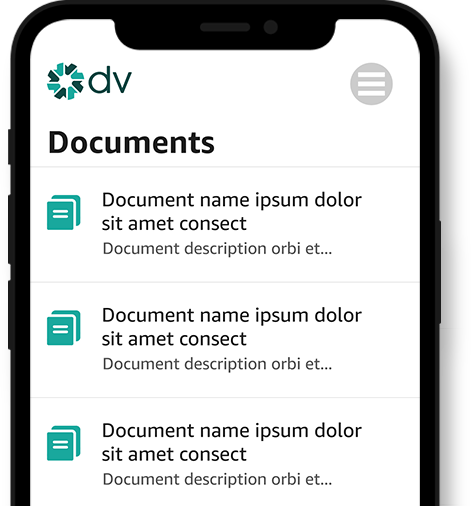Have you ever received a document such as a training certificate and struggled to share it with your employer because it required to be source verified? Or if you were the employer, you needed verified documents from potential applicants and the process took too long or was near impossible to complete?
This process is called “document vetting” – verifying document information by establishing ownership and recording the interactions of persons or organisations with a document.
The Docuvett platform streamlines the process of document vetting through the following:
(1) 100-point verification of users and organisations within the platform
(2) Securely storing documents on Australian-domiciled encrypted servers to provide ground truth, or “the document that everyone agrees on”
(3) Access control of documents shared through the platform
It sounds simple right?
Simplicity is the main strength of the Docuvett Platform. The simpler a process is done, the more robust it will be. You only need to prove your identity once using 100 points verification. Organisations on the Docuvett Platform also perform a similar one-time identification process. We store a record of the document to which all future comparisons can be made as the ground truth.
Going back to the problem stated above: If you were the prospective employee required to provide training documents to your future employer, with the Docuvett Platform, it only takes 3 steps after the initial identity verification: (1) upload your document, (2) request vetting from the training provider on the Docuvett Platform, and (3) share your vetted document to your prospective employer. This is known as secondary vetting as the document was already issued by the training provider and the user is asking for retrospective vetting of documents.
Primary vetting occurs when a training provider (following from the problem stated above) issues a new certificate using the Docuvett Platform to an individual verified user. This process also only takes 3 steps: (1) upload document, (2) assign document to user, (3) user shares document to employer.
The process is simplified because users and organisations within the Docuvett Platform are identity-verified and documents are stored for future ground truth comparisons.
Not everyone needs to use Docuvett, but you do!
What is the Docuvett philosophy?
We believe that the world runs on information stored in documents acted upon by entities. Without the interaction of entities with documents, the information stored in documents are mere words, symbols and codes known only to the owner. When there is an interaction between a document and other parties, the contents of the document gains value and enables information to be used for whatever purpose is required.
The problem lies in recording the interaction of entities and controlling access on documents. For example, when a printed document is passed to another entity such as a person or a company, the only way to record this interaction is to create another document that acknowledges the original document being received. However, the record of the printed document being received is often only kept by the sending entity. A real-world example is registered mail requiring positive identification of the receiving entity and the acknowledgement of the document being received. Moreover, once the document has exchanged to a different entity, the owner of the printed document loses control of how the printed document is treated by the receiving entity.
With electronic documents, one can use password protection and encryption to safeguard the information held within. However, the document itself could be forwarded to another entity with the password and encryption key and the document owner would still have no access control and no record of the interaction with the document and any further interactions by other known or unknown entities.
With the Docuvett platform, our aim is to give users the peace-of-mind that documents shared to verified entities (persons or companies) through our platform will retain access control and recording of the interaction of verified entities with the document. The vetting of documents by the different verified entities are also recorded on the platform with an all-or-none approach. This means that all the entities or parties vetting a document must agree that the contents of the document are true. If one entity or party does not agree, then the vetting of the document fails. Once a document has been vetted, all details of the verified entities involved with the document are permanently recorded against the document.
